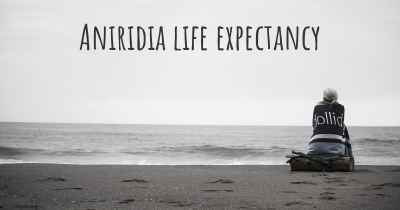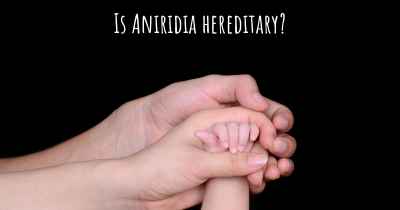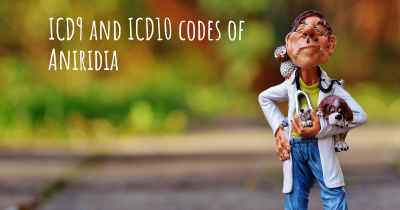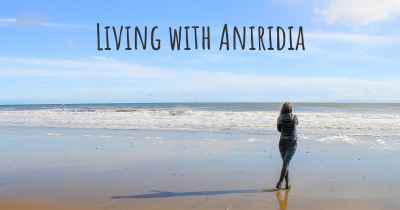Is it advisable to do exercise when affected by Aniridia? Which activities would you suggest and how intense should they be?
See if it is advisable for people with Aniridia to practice sports and which ones are the most recommended if you have Aniridia
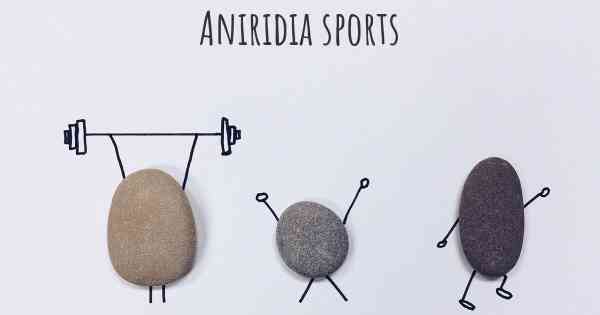
Aniridia is a rare genetic disorder characterized by the partial or complete absence of the iris, the colored part of the eye. This condition can lead to various visual impairments and challenges. While it is important to consult with a healthcare professional for personalized advice, exercise can generally be beneficial for individuals affected by Aniridia.
Benefits of Exercise for Aniridia:
Engaging in regular physical activity can offer several advantages for individuals with Aniridia:
- Improved overall health: Exercise promotes cardiovascular fitness, strengthens muscles, and enhances flexibility and balance. These benefits can contribute to better overall health and well-being.
- Enhanced mental well-being: Physical activity releases endorphins, which are known as "feel-good" hormones. Regular exercise can help reduce stress, anxiety, and depression, and improve mood and cognitive function.
- Weight management: Maintaining a healthy weight is important for individuals with Aniridia, as it can help alleviate strain on the body and reduce the risk of associated health conditions.
- Improved circulation: Exercise stimulates blood flow, which can be particularly beneficial for individuals with Aniridia who may experience circulation issues.
- Increased energy levels: Regular physical activity can boost energy levels and combat fatigue, which is often experienced by individuals with visual impairments.
Recommended Exercises for Aniridia:
When choosing exercises, it is crucial to consider the individual's specific abilities, preferences, and any additional health conditions they may have. Here are some exercises that can be beneficial for individuals with Aniridia:
- Low-impact aerobic exercises: Activities such as walking, swimming, cycling, and using elliptical machines are gentle on the joints and provide cardiovascular benefits without placing excessive strain on the body.
- Strength training: Incorporating resistance exercises using bodyweight, resistance bands, or light weights can help improve muscle strength and endurance. Focus on major muscle groups, such as the legs, arms, back, and core.
- Flexibility exercises: Stretching exercises can help improve flexibility and range of motion. Yoga, Pilates, and tai chi are excellent options that also promote relaxation and balance.
- Balance exercises: Engaging in activities that challenge balance, such as standing on one leg or using a balance board, can help improve stability and reduce the risk of falls.
- Adaptive sports: Depending on individual preferences and abilities, participating in adaptive sports like goalball, beep baseball, or blind soccer can provide opportunities for social interaction, teamwork, and physical activity.
Exercise Intensity:
The intensity of exercise should be tailored to the individual's fitness level and overall health. It is important to start slowly and gradually increase the intensity and duration of exercise sessions. Listening to the body and avoiding overexertion is crucial, especially for individuals with visual impairments.
Precautions and Considerations:
While exercise can be beneficial, individuals with Aniridia should keep the following precautions in mind:
- Consult a healthcare professional: Before starting any exercise program, it is essential to consult with a healthcare professional who can provide personalized advice based on individual needs and capabilities.
- Use appropriate assistive devices: Depending on the severity of visual impairment, individuals may need to use assistive devices such as canes or guide dogs to ensure safety during exercise.
- Choose well-lit environments: When exercising outdoors or in gyms, ensure that the environment is well-lit to maximize visibility and reduce the risk of accidents.
- Exercise with a partner: Having a workout buddy can provide an extra level of safety and support, especially when participating in activities that require balance or coordination.
- Listen to your body: Pay attention to any discomfort, pain, or fatigue during exercise. If something doesn't feel right, it is important to stop and seek medical advice if necessary.
Conclusion:
Engaging in regular exercise can be highly beneficial for individuals affected by Aniridia. It can improve overall health, enhance mental well-being, manage weight, improve circulation, and increase energy levels. Low-impact aerobic exercises, strength training, flexibility exercises, balance exercises, and adaptive sports are all suitable options. However, it is crucial to consult with a healthcare professional and consider individual abilities and preferences when designing an exercise routine. Remember to start slowly, gradually increase intensity, and prioritize safety during exercise sessions.
People may like to explore visual impaired version of sports, such as tennis, cricket, bowls or the blind sport goalball.
Posted Mar 5, 2017 by James 1205
Posted Mar 23, 2017 by KATHERINE HASLAM 1000
Posted Jan 30, 2019 by Rachel and Scarlett 1400
""the only thing you need for skiing
Posted Jun 17, 2017 by Antonia 2501
Posted Sep 16, 2017 by Loana 1701
